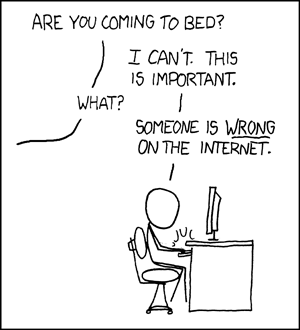Gordon Gray
Well-known member
Mr. Winer,
If you carefully read through all my posts, you will see that I never made the statement that the dots caused "the bass to be improved".
What I did say was that the dots improved mid bass "body" and that they brought the sonic spectrum into better balance.
Mid bass body and sonic balance improved because of the attenuation of high and mid frequency "energy" from the glass allowing me to better hear the "overall" sonic signature of my system.
No one can reasonably claim that bass would be "improved" as a result of the dots and I never meant to suggest that this is true with the dots in place. However, we all know, for example, that excess mid and lower bass energy have deleterious effects on the ability to hear mid and higher frequencies because the excess bass energy "masks" ones ability to hear a balanced presentation. An obvious visual analogy is looking through a window that is dirty and hasn't been cleaned for a year. One can see through the window but the dirt is masking detail of what you would clearly see if the window was clean. The opposite of this phenomena is also true.
I hope this helps clarify my observations in my personal system.
And to all, for me this worked. If you wish to try, please call Ron At Marigo and arrange for an in home audition so you can judge the efficacy on this product in your system.
GG
If you carefully read through all my posts, you will see that I never made the statement that the dots caused "the bass to be improved".
What I did say was that the dots improved mid bass "body" and that they brought the sonic spectrum into better balance.
Mid bass body and sonic balance improved because of the attenuation of high and mid frequency "energy" from the glass allowing me to better hear the "overall" sonic signature of my system.
No one can reasonably claim that bass would be "improved" as a result of the dots and I never meant to suggest that this is true with the dots in place. However, we all know, for example, that excess mid and lower bass energy have deleterious effects on the ability to hear mid and higher frequencies because the excess bass energy "masks" ones ability to hear a balanced presentation. An obvious visual analogy is looking through a window that is dirty and hasn't been cleaned for a year. One can see through the window but the dirt is masking detail of what you would clearly see if the window was clean. The opposite of this phenomena is also true.
I hope this helps clarify my observations in my personal system.
And to all, for me this worked. If you wish to try, please call Ron At Marigo and arrange for an in home audition so you can judge the efficacy on this product in your system.
GG




